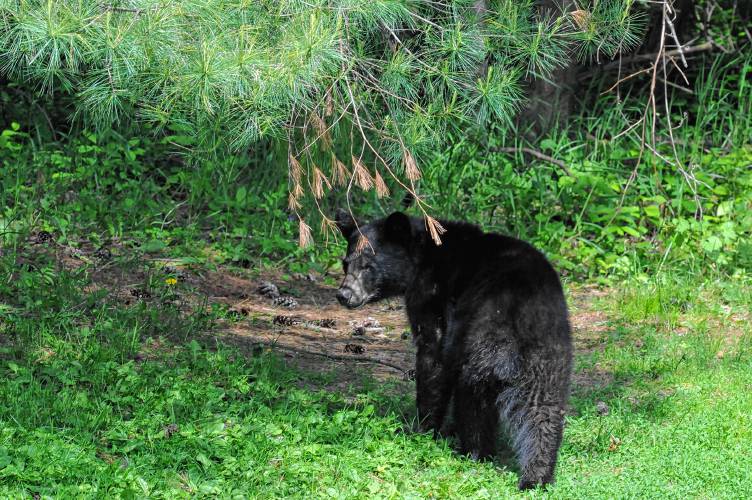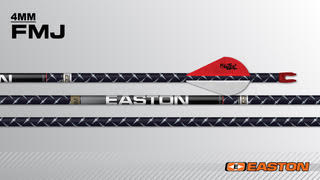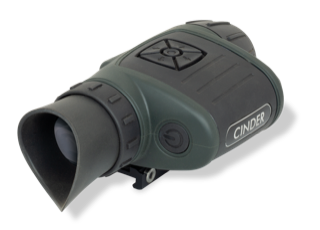MONTPELIER, Vt. –The Vermont Fish & Wildlife Department is again reminding successful bear hunters that a regulation requires them to submit a bear tooth so wildlife managers can collect important information on Vermont’s bear population.
Teeth submitted by hunters are used to determine the ages of bears. Wildlife biologists use age and sex data to estimate the number of bears in Vermont and to determine the status and health of the bear population. Envelopes for submitting teeth are available at all big game check stations.
“Successful bear hunters will be helping in our management of this magnificent big game animal,” said Forrest Hammond, bear project leader for the Vermont Fish & Wildlife Department. “The premolar tooth we’re asking hunters to extract is small and easy to loosen with a knife. Directions for removing the tooth are on the back of the envelope provided by the check station, and a short video showing tooth removal is linked on our website.”
Vermont has two bear hunting seasons. The early bear hunting season, which requires a special bear tag, starts September 1 and continues through November 15. The late bear season begins November 16 and continues through November 24. The limit for bears remains one per calendar year.
“Carefully regulated hunting plays a very important role in scientific wildlife management by helping to control the growth of Vermont’s bear population now estimated at being well within the 2010-2020 Big Game Plan population objective of 4,500 to 6,000 bears,” said Hammond. “Minor fluctuations in the bear population will always occur due to changes in food availability, winter severity and hunter success. Despite these fluctuations, we look at the long-term trends to manage for a healthy, robust population.”





